Can You Tell?
- Anatomical Unreasonableness, such as unnatural hands, weird teeth, or unusual bones.
- Stylization – Too clean or to cinematic?
- Functional Irrationality – As an AI’s understanding of products and their use is limited, the placement of objects incorrectly is a key.
- Physics Violations – Incorrect shadows or reflections or their eliminations is a tell.
- Cultural or common-sense violations – These are harder to spot as they are extremely subjective
https://detectfakes.kellogg.northwestern.edu/

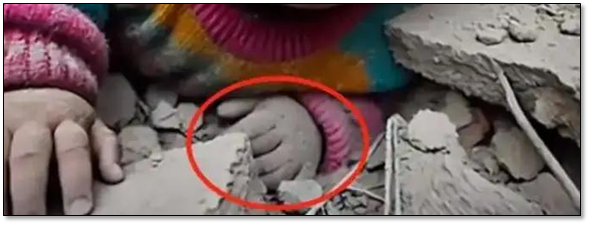
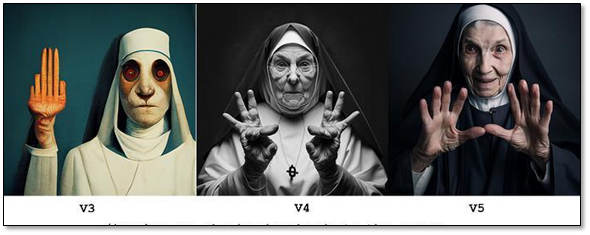
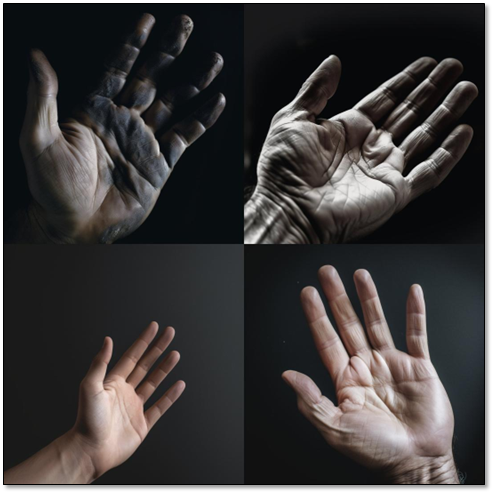

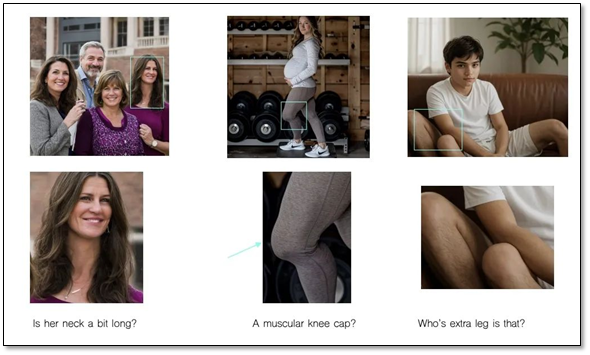


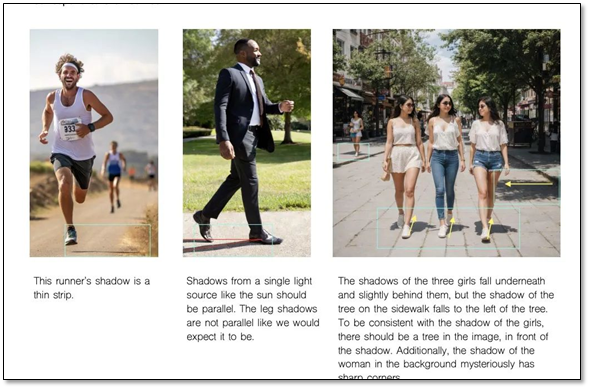
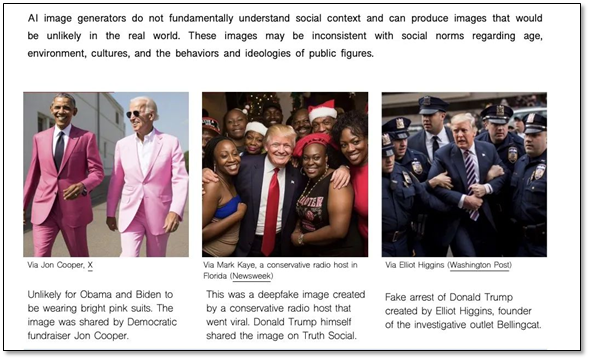





 RSS Feed
RSS Feed